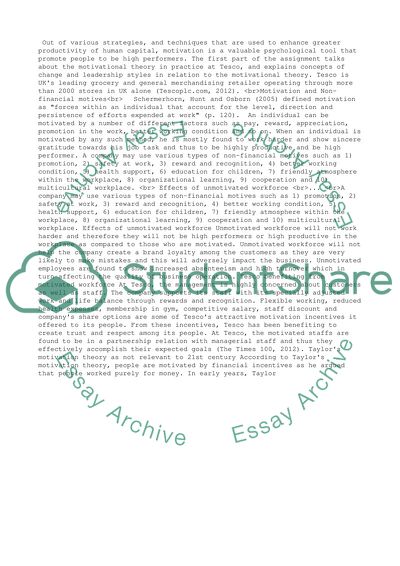Cite this document
(“ORGANISATION AND BEHAVIOUR Essay Example | Topics and Well Written Essays - 3250 words”, n.d.)
Retrieved from https://studentshare.org/business/1394776-organisation-and-behaviour
Retrieved from https://studentshare.org/business/1394776-organisation-and-behaviour
(ORGANISATION AND BEHAVIOUR Essay Example | Topics and Well Written Essays - 3250 Words)
https://studentshare.org/business/1394776-organisation-and-behaviour.
https://studentshare.org/business/1394776-organisation-and-behaviour.
“ORGANISATION AND BEHAVIOUR Essay Example | Topics and Well Written Essays - 3250 Words”, n.d. https://studentshare.org/business/1394776-organisation-and-behaviour.


